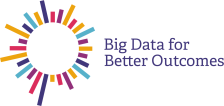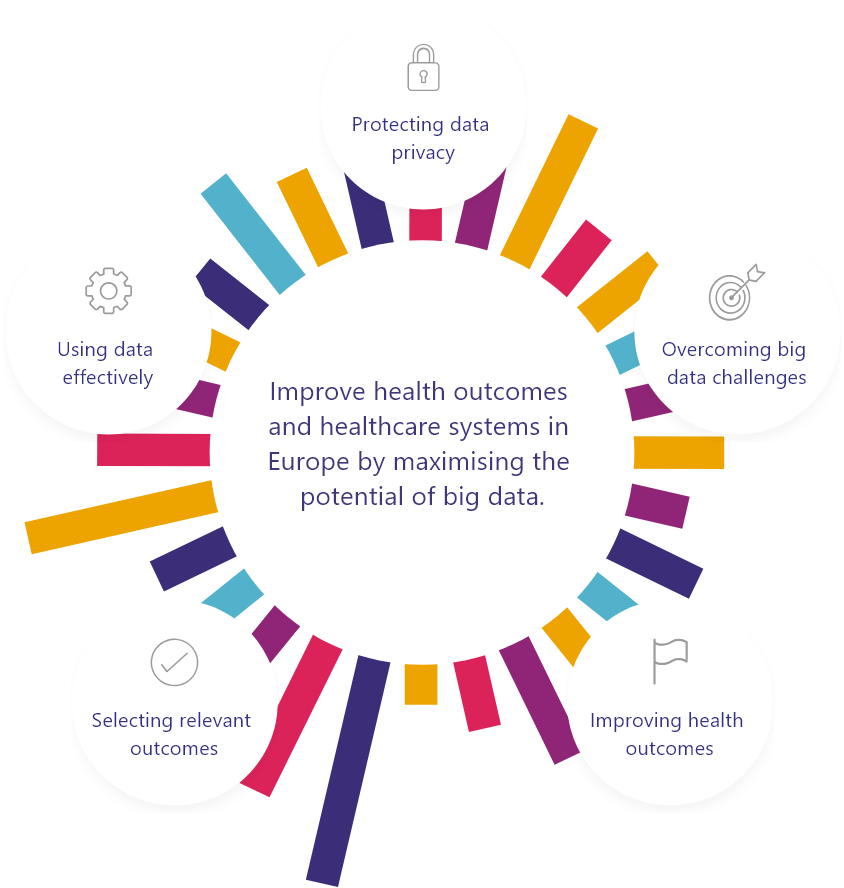Protecting data privacy

Ensuring that consent, confidentiality and patient privacy is protected is a prerequisite for building trust in big data and real world evidence. Sharing data across different legal systems is a challenge for big data research. DO->IT has produced an informed consent form (ICF) and guidelines to encourage data sharing with the protection of privacy.
| What are the existing and emerging data privacy and informed consent practices in research? |
 |
|
 |
| Which minimum data privacy standards should be included in Informed Consent Forms? |
 |
|
 |
| How can data privacy requirements best be explained to patients? |
 |
|
 |
Selecting relevant outcomes

The DO->IT project looked at how to identify, select and measure relevant outcomes in a transparent process involving a range of stakeholder perspectives.
| Why is it important to select relevant outcomes? |
 |
|
 |
| What process does DO->IT recommend for selecting relevant outcomes? |
 |
|
 |
Using data effectively

Real world data can facilitate bridging the evidence gap between randomised controlled trial and real-world populations. This requires the correct tools for credible and acceptable evidence and conditions that enable data sharing.
| How can we ensure big data and real world evidence is analysed robustly and used effectively in order to be acceptable to all stakeholders? |
 |
|
 |
| How can decision makers use outcome data more effectively to bridge the evidence gap? |
 |
|
 |
| Can core outcome sets be applied to real world settings? |
 |
|
 |
Improving health outcomes

The BD4BO programme aims to improve health outcomes and healthcare systems in Europe by maximising the potential of big data. It does so by demonstrating big data’s potential benefits across a number of disease areas.
| How can we maximise the potential of big data to improve health outcomes? |
 |
|
 |
| What resources has DO->IT developed to communicate BD4BO programme outputs and maximise their potential to improve health outcomes? |
 |
|
 |
Overcoming big data challenges

There is huge potential for the use of big data and real world evidence in health research but they also create new challenges for industry, academia, regulators, health practitioners and patients.
| What are the most pressing challenges in maximising the potential of Big Data to transform healthcare systems? |
 |
|
 |
| What should future research in this area focus on? |
 |
|
 |





